Зарегистрируйтесь на getAbstract, чтобы получить доступ к этому краткому изложению.

Зарегистрируйтесь на getAbstract, чтобы получить доступ к этому краткому изложению.
Sebastian Mallaby
The World's Banker
A Story of Failed States, Financial Crises, and the Wealth and Poverty of Nations
Penguin, 2004
Что внутри?
You can’t please everyone all the time. But as president Jim Wolfensohn found, that’s your goal if you’re the World Bank.
Recommendation
Former Iraq War architect and neocon superhawk Paul Wolfowitz was president of the World Bank from 2005 to 2007. Before his forced resignation, he used his office unfairly to promote bank employee Shaha Ali Riza, his girlfriend. If Wolfowitz had not stepped down voluntarily, the bank’s board surely would have sacked him. He might be the most notorious former World Bank president, but Jim Wolfensohn is the most intriguing. Former Olympian, Australian turned American, Harvard Business school graduate, corporate dealmaker, Carnegie Hall cellist, Renaissance man and a bona fide larger-than-life character, Wolfensohn was the World Bank’s president from 1995 to 2005. During this period, the restless, energetic Wolfensohn was like a raging tornado, ripping through the bank’s stately Washington, D.C., offices, upsetting long-held traditions, tangling daily with the bank’s entrenched bureaucrats, determined to make a difference for the three billion people who live in abject poverty. Journalist Sebastian Mallaby explores Wolfensohn’s dramatic decade, along with the bank’s changing practices and policies. getAbstract recommends Mallaby’s fascinating, behind-the-scenes look at how Wolfensohn and the bank struggled mightily against world poverty for 10 eventful years.
Summary
About the Author
Sebastian Mallaby is a Washington Post columnist and author. He was a 2003 Council on Foreign Relations fellow and from 1986 to 1999, worked as a staff writer for The Economist, based in Zimbabwe, England and Japan.









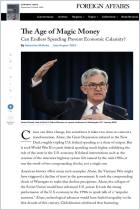
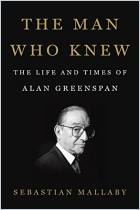
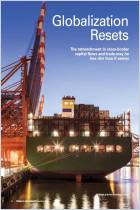



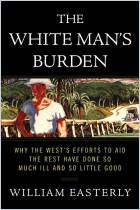


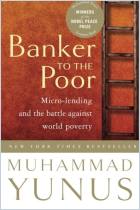
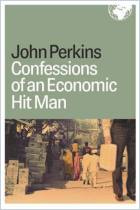








Comment on this summary